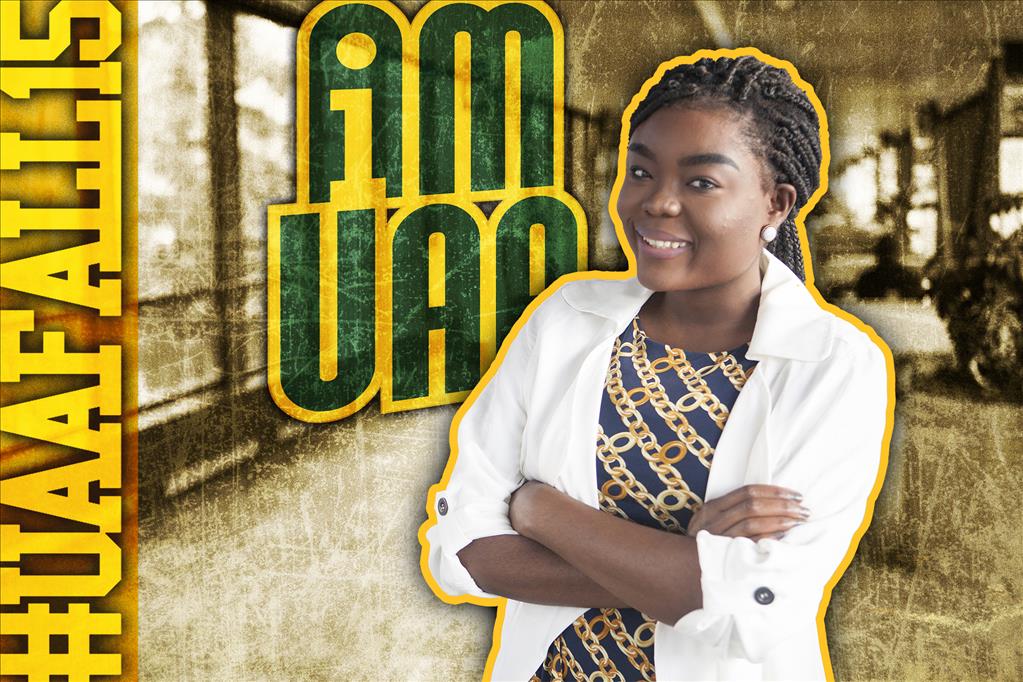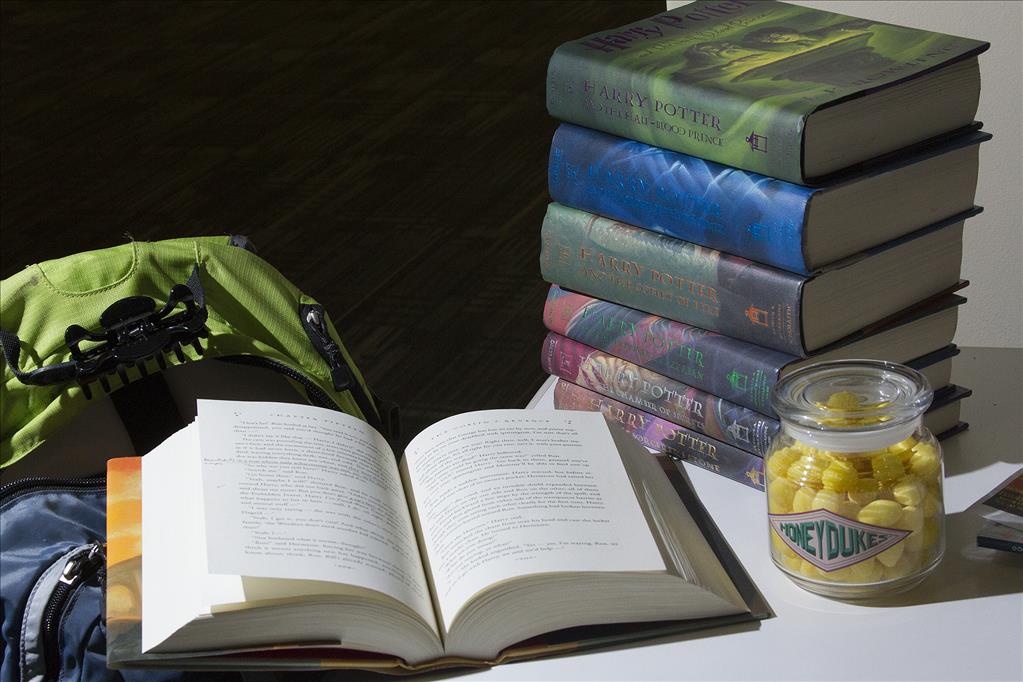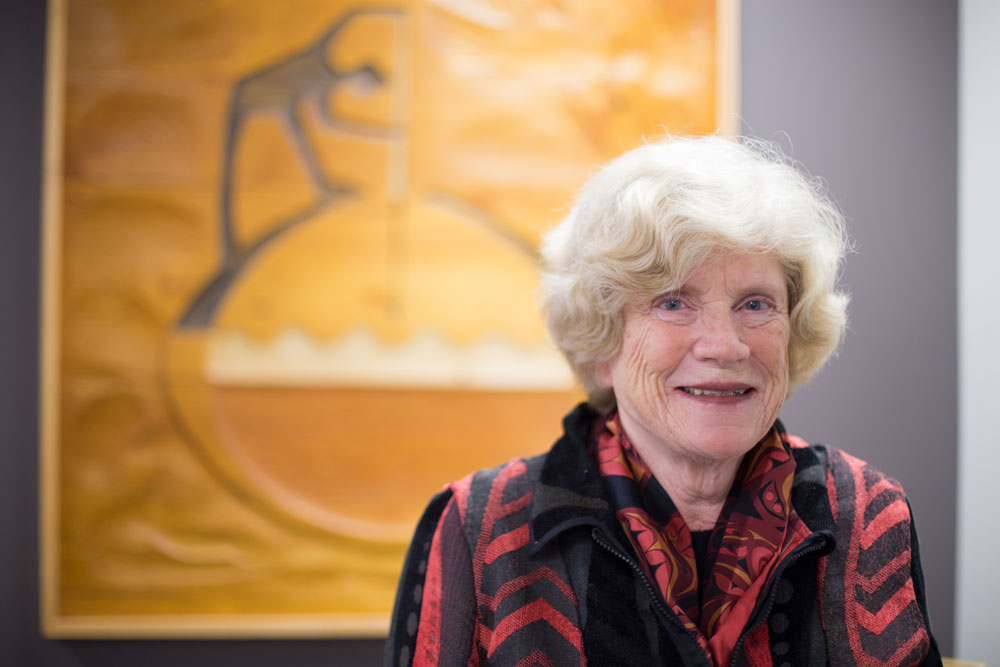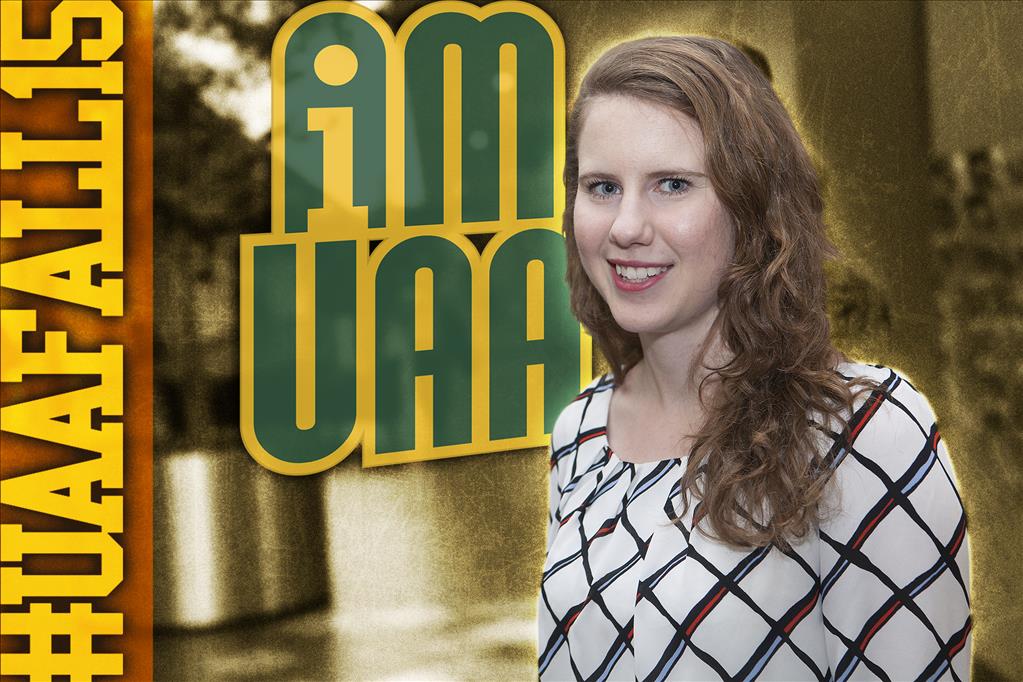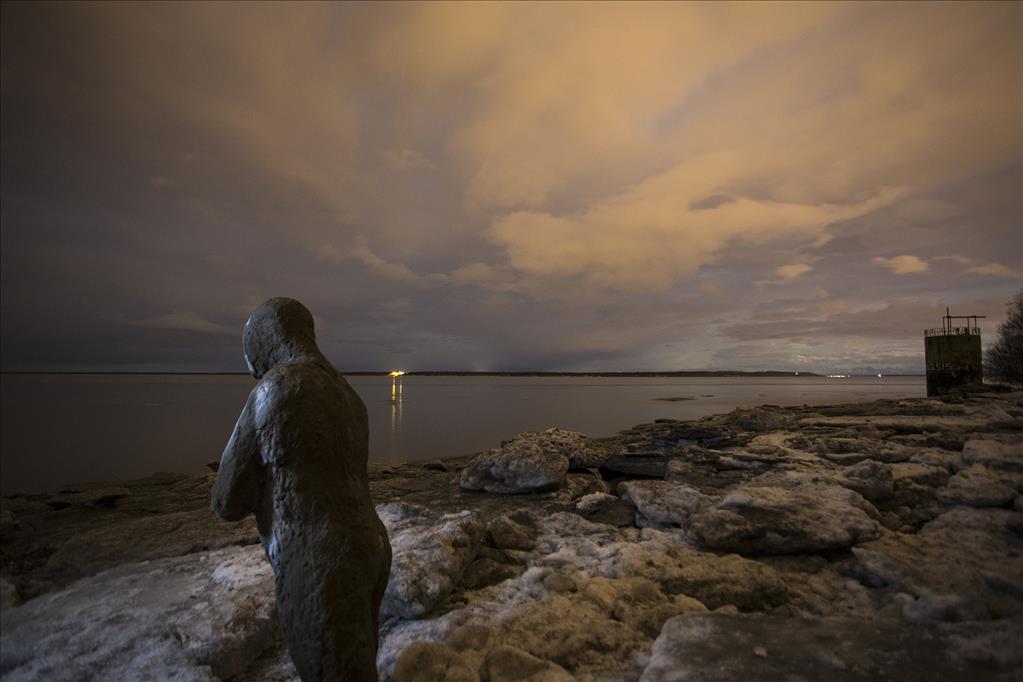I smell smoked salmon!
by joey |
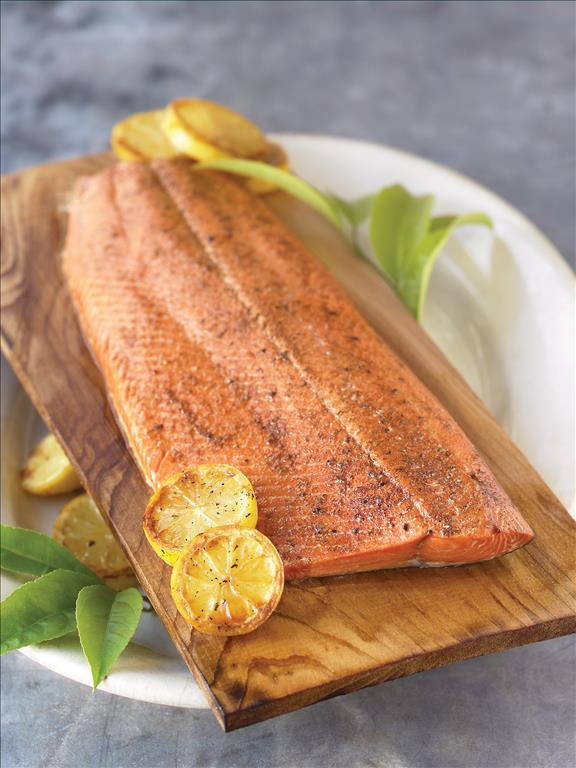
No, this isn't a filet from the Heat and Mass Transfer engineering class. We weren't around when they pulled their fish from the smokers. But thanks to the Alaska Seafood Marketing Institute, we're able to make your mouth water with the idea of a beautiful salmon filet, much like the students enjoyed. (Used with permission, Alaska Seafood Marketing Institute)
Anyone walking across the Student Union parking lot last Wednesday may have caught an unexpected aroma in the air. The scents of smoked salmon and hickory chips caught the breeze, adding an outdoorsy touch to the rain-spattered parking lot. Those scents originated from the tiny salmon smoker housed behind the pavilion walls at the new Engineering & Industry Building (EIB). But this wasn't a barbecue distraction during midterms. It was a lab experiment for senior mechanical engineering students.
Dr. Jennie Brock teaches Heat and Mass Transfer, a required senior-level class for mechanical engineers. For the past four years, she's added a data-based salmon bake to her syllabus. Originally a total surprise to her students, the word has since gotten out. "I think they know about it as this point," she said. "It's kind of become the lab this class is known for."
Study party salmon bake
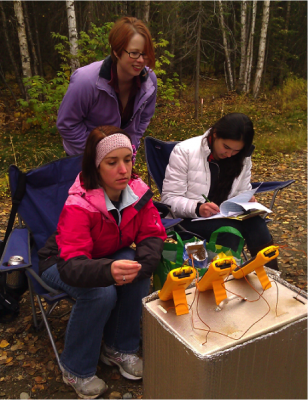
Dr. Brock watches as her students record data from three thermocouple readers at a previous year's salmon lab (Photo courtesy of Jennie Brock).
Dr. Brock introduced the salmon lab idea when she started teaching Heat and Mass Transfer. "The first year we didn't have very much money for equipment, so I was trying to think of some different labs I could put together that wouldn't be too expensive," she explained. "One of the other faculty was talking about research they were thinking of doing with the fish hatchery and I thought, Hey, we could do heat transfer with smoked salmon!"
Although mechanical engineering students can't expect to work with fish filets in their professional careers, the principles at play in the salmon lab are still valuable. The course covers the three different ways heat can flow down a temperature gradient-conduction, convection and radiation. The salmon lab specifically covers transient conduction, and each student writes a report that fits the salmon's temperature data against a model covered in class, allowing them to deduce the thermal properties of the fish. Later in their career, they can draw on this experience when they chart heat transfer in other, non-fish focused materials.
Several students met under the shelter of the EIB pavilion in the late afternoon to set up the experiment. They plugged in the electric salmon smoker and topped it with two large yellow thermocouple readers, with screens providing readings on the smoker's internal temperature. Each screen displayed two figures-the internal temperature of a salmon filet, and the internal temperature of the smoker.
Resting on the shelves inside were nine salmon filets, but only two were hooked into the thermocouples. "We have two filets for sampling, the rest are just... you got to do something with the rest of the fish" laughed student Nick Hazelton as he recorded temperature reports on the class clipboard. Throughout the day-from 2 to 7 p.m.-students signed up for 30-minute shifts to huddle around the smoker, replace burned-out hickory chips and record the temperature readings every five to ten minutes. Meanwhile, the rest of the students were on the second floor studying for tomorrow's midterm. Some brought salsa, some brought chips, Dr. Brock ordered several pizzas and the lab turned into equal parts salmon bake and study party.
Too many cooks in the (old) kitchen
Up to this point in class, the students had covered the basics of heat transfer and several governing equations. With that information, they were able to figure out how long to smoke a salmon given each filet's internal temperatures.

Senior mechanical engineering student Nick Hazelton checks on temperatures during Dr. Brock's annual salmon lab (Photo by Philip Hall / University of Alaska Anchorage).
"In the job field, we probably won't have to figure out how to cook something-I mean, it certainly could happen," said student Joseph Coon, "but mostly we're dealing with industry, manufacturing and hard materials rather than cooking ... We might not test a piece of salmon, but we may want to measure some kind of temperature difference. We can use what we've learned in class to predict the outcome and how the materials will behave in certain temperatures."
Every Alaskan is very familiar with salmon, which makes the fish a recognizable, accessible and, above-all, memorable test material. "They seem to like it," Dr. Brock said of her students. "This is the one I tend to hear about from alumni when they talk about stuff they remember from school."
Joseph agreed. "Speaking for myself, I can wrap my head around everything. Take this as an example," he said, gesturing toward the smoker. "Every aspect of it is something I can either visualize or understand really well. We're taking temperature. That's something very intuitive, very hands-on and practical. I think there's a good relationship between what we've learned in class and what we're doing physically in lab."
Hands-on course material is always a bonus for students and, thanks to the new EIB, students once again have a chance to get involved. In the former Engineering Building, rooms often pulled triple duty, serving as a lecture hall by day and two different lab disciplines by night. Now, every upper-level lab has its own custom space in the EIB.
"The labs in it were just tiny, very compact," Joseph said of the old building. Regularly, classes would be so cramped that only one representative from each lab group could fit around the research station, observe the tests and report back to the table. "Everybody else kind of just sat back and would be more of an observer, which isn't a good thing."
"Now here there's plenty of space where everyone can actually do hands-on stuff in the lab, instead of the labs being an abstract extension," added Nick.
Eat your experiment!
At the end of the night, after several hours of studying for midterms upstairs and rotating through smoker patrol downstairs, the students were able to enjoy the fruits of their labor. Few experiments at UAA end with the students able to eat their course material, but Dr. Brock's salmon lab is a worthwhile exception (good thing there were seven extra filets in that smoker).
On the day of the midterm, students even received an olfactory reminder of their study session the night before.
"Because it was raining, we [set the smoker] under the awning and I think I made the whole building smell delicious," Dr. Brock confessed. "I even noticed it a little bit when I came into work this morning. There was still that faint, wonderful smoky smell."
And that's the scent of engineering research in Alaska.
 "I smell smoked salmon!" is licensed under a Creative Commons Attribution-NonCommercial 4.0 International License.
"I smell smoked salmon!" is licensed under a Creative Commons Attribution-NonCommercial 4.0 International License.










